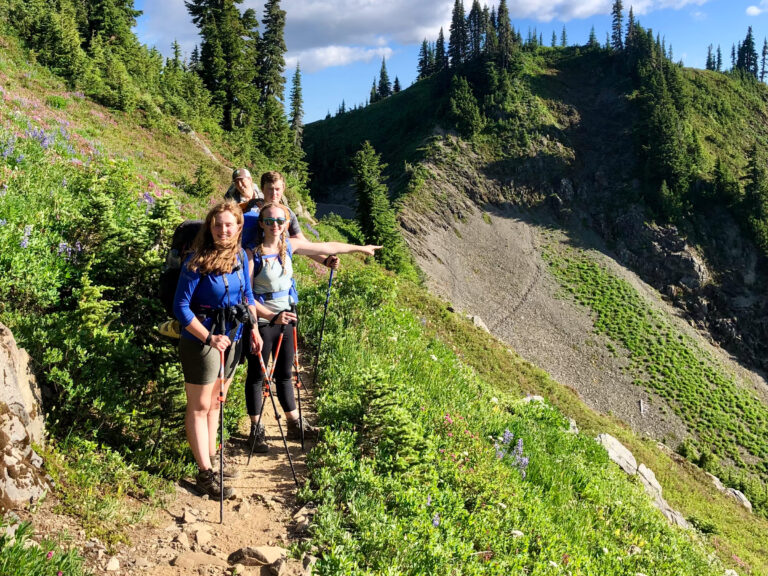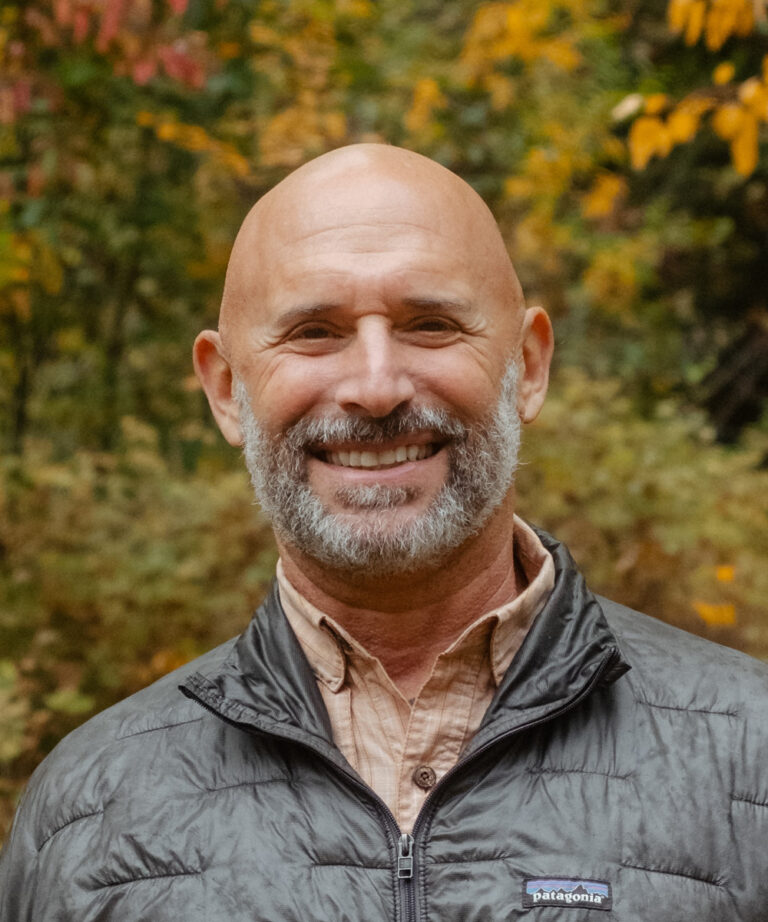Can Developers and Governement Work to Lessen Parkin’s Impact?
Yuppies in bicycle helmets-that’s how developers in Vancouver, B.C. marketed downtown urban living. Constrained by water, Vancouver had nowhere to go but up, and urban density can be a tough sell. Vancouver did it by focusing on building a green and safe sustainable urban infrastructure. Now, in Vancouver’s vibrant central district, people regularly substitute walking for driving, and bicycles can be seen everywhere.
Gordon Price, former Vancouver city councilman and advocate of walkable, bikable communities says, “The automobile cannot be accommodated beyond a certain point. If you design a city where the only practical form of transportation is the automobile-you will have congestion. Eventually you will have to build the type of communities that are not dependent on the car-hopefully sooner rather than later.”
Spokane, like most American cities, is married to the automobile. The City of Spokane is trying to counteract this obsession through tax abatement programs to encourage downtown housing within walking distance of jobs, goods and services. Right now, numerous high-end condominium developments are planned for the downtown area. Most of these units will accommodate 1-1/2 parking stalls per unit. Ron Wendle, Project Architect for Wells & Company, who is working on a number of the proposed condominium developments says, “Few people in Spokane are committed to living a completely pedestrian lifestyle. You must have covered and closed parking directly attached to the property. While directly attached parking in neighborhoods such as Portland’s Pearl District is considered a luxury.”
Moving cars within a city, parking cars and storing cars takes up a lot of room. The environmental cost of cars is also great. Since the 1960s, we are driving more and driving more in the city. Vehicle miles traveled on urban roads has tripled from 570 million to 1.73 billion-increasing smog and toxins that have significant impacts on our health. The mass agglomeration of roads and parking lots also creates impermeable surfaces that prevent the natural filtration of stormwater. Oil, gas, anti-freeze and other automotive fluids are washed into storm drains, polluting our river and water supply.
Bill Grimes, Principal with Studio Cascade, a local regional and urban planning firm, says, “The amount of space to store a car is approximately 350 square feet, if you are living in a 450 square foot studio-we are dedicating almost as much space for a car as for a person-is this the priority we want in our urban environment?”
So what does a sustainable infrastructure look like? Is there a way to emphasize pedestrians, bicycles and green space over cars and asphalt? In Vancouver, once land values were high enough, developers themselves started thinking creatively.
“We had a large condominium mixed-use development. The developer sold the parking spaces separately for about $20,000 per stall-which is probably close to the actual developer’s cost,” says Price. “If you chose not to buy, you had access to a cooperative fleet of six or seven vehicles-the upside for developers is that they can save on an entire level of parking. This can save them in the millions if the parking is underground.”
Vancouver had the market to support this model with its high density levels and mixture of land uses. Grocery stores typically look for density levels at about 10,000 people living within walking distance before coming into an area. Grimes adds, “When planning urban environments, we look at the ecological footprint of a place-how to make it sustainable. We look at developing the necessary infrastructure so that people don’t need to drive. We need to make walking a good alternative.”
With high land values and parking expenditures minimized, in Vancouver they started to broker deals between the city, citizen groups and the developers. In exchange for air rights, developers in Vancouver agreed to give back to the community through public amenities such as public bike trails, community centers, access to the waterfront, parks, courtyards, green roofs and a lot of trees and shrubs along the sidewalks. The city became green and urban.
“When you give people a broader range of choices-and add to that little to no time spent in traffic-the suburbs cannot compete,” says Price.
- For more information about Studio Cascade visit their website:
www.studiocascade.com - For more information about Gordon Price check out his electronic monthly newsletter “PriceTags.” To subscribe contact:
www.northwestwatch.org/publications/pricetags.asp













